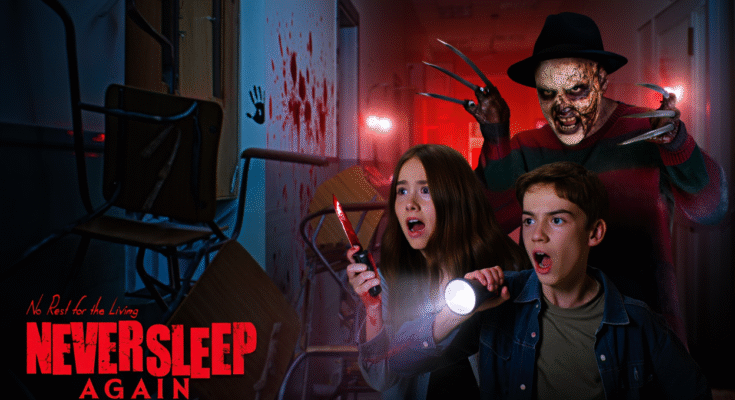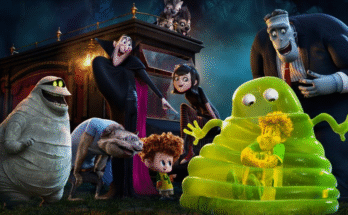Horror has always preyed on the most vulnerable parts of human existence. In Never Sleep Again: No Rest for the Living, it takes aim at something universal: the need to sleep. What should be a sanctuary of rest becomes a death sentence, and the result is a suffocating nightmare that grips from the very first frame.
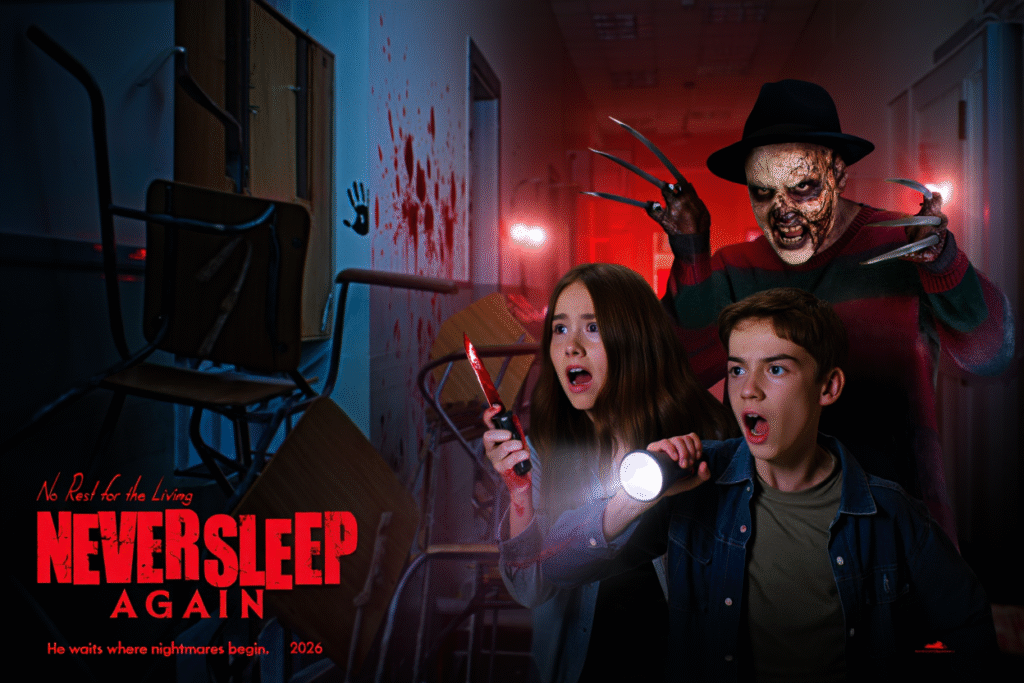
The story unfolds in a quiet town already fraying at the edges. At first, whispers of strange deaths are dismissed as coincidence. But soon the truth emerges: every nightmare bleeds into reality, dragging the sleeping into violent ends. The premise alone is terrifying because it denies what no one can avoid—sleep itself. It is a horror not of choice but of inevitability.
What makes the film so effective is its relentless escalation. Each night grows darker, each dream more twisted, and each scream echoes longer into the silence. The survivors try everything—caffeine, drugs, desperate rituals—to stay awake, but their bodies betray them. The tension builds not only from what happens when eyes close, but from the slow collapse of minds unraveling in exhaustion.
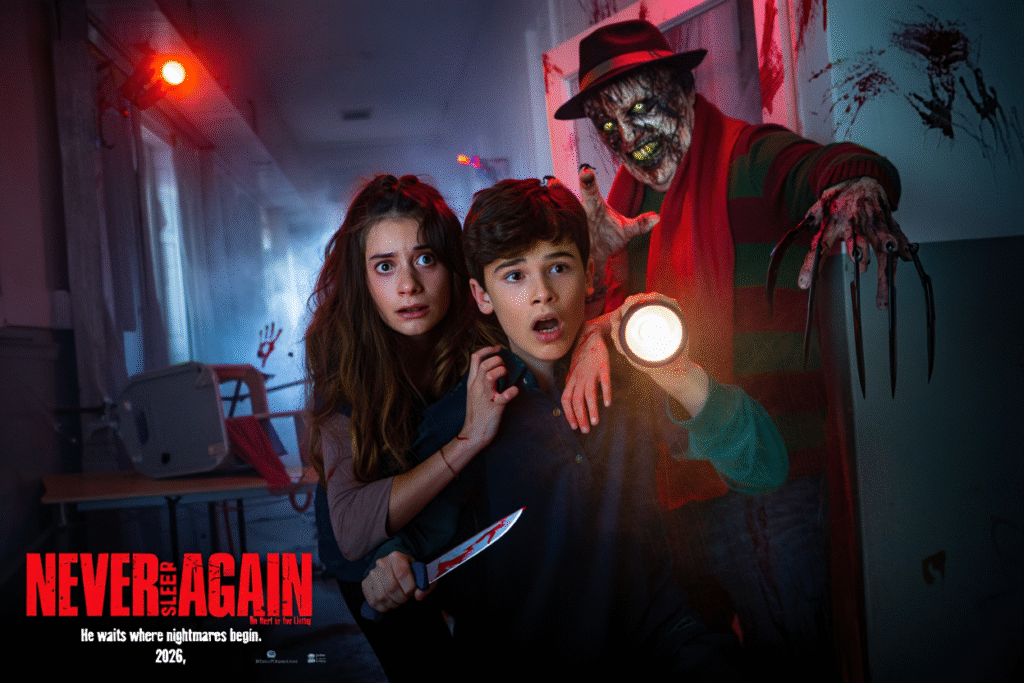
The film grounds its terror in a simple, devastating question: how long can anyone resist sleep? This premise ensures the suspense never lets up. Unlike monsters you can run from or curses you can break, this is an enemy inside the human condition itself. That inevitability makes every flicker of fatigue, every drowsy glance, another drumbeat toward death.
Performances are the backbone of this haunting narrative. The young cast delivers desperation with raw intensity, while the older townsfolk carry an air of resigned dread, as if they’ve known the truth all along. Each character’s unraveling feels personal, their fight against sleep both heroic and futile.
Visually, the film thrives on surreal transitions between waking and dreaming. Shadows stretch unnaturally, familiar places warp into distorted versions of themselves, and screams echo through endless dreamscapes that bleed into reality. The cinematography blurs the line so perfectly that even the audience struggles to know what’s real, creating an immersive nightmare of its own.
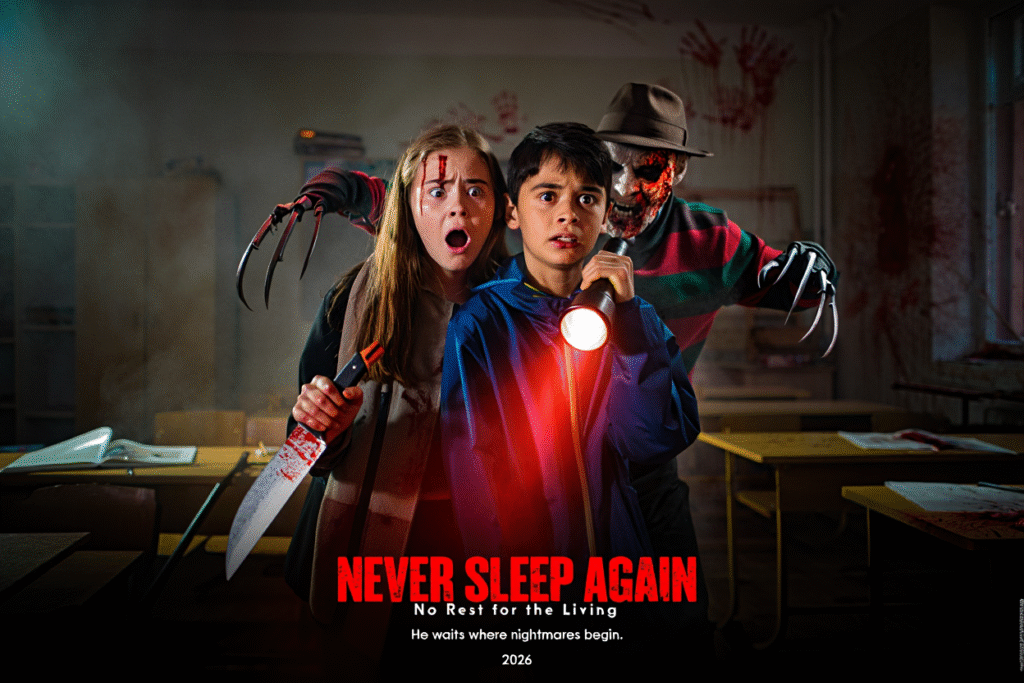
The sound design is equally crucial. Heartbeats thunder in the silence before a scare, whispers crawl through the speakers like invasive thoughts, and dream sequences are scored with haunting melodies that dissolve into distorted static. Every sound feels like a reminder that sleep is creeping closer.
Thematically, Never Sleep Again explores more than survival—it is a meditation on exhaustion, trauma, and the body’s betrayal of will. The characters’ desperate fight mirrors our own battles against burnout and fragility. Horror becomes a metaphor, reminding us that the human need for rest can also be the moment we are most vulnerable.
As the climax approaches, the film abandons restraint and plunges fully into madness. Dreams and reality collide in apocalyptic visions where time bends, streets dissolve, and even the concept of escape evaporates. Yet the story’s power lies in refusing to offer safety; there is no cure, no savior, only the cruel reminder that sleep will always win in the end.
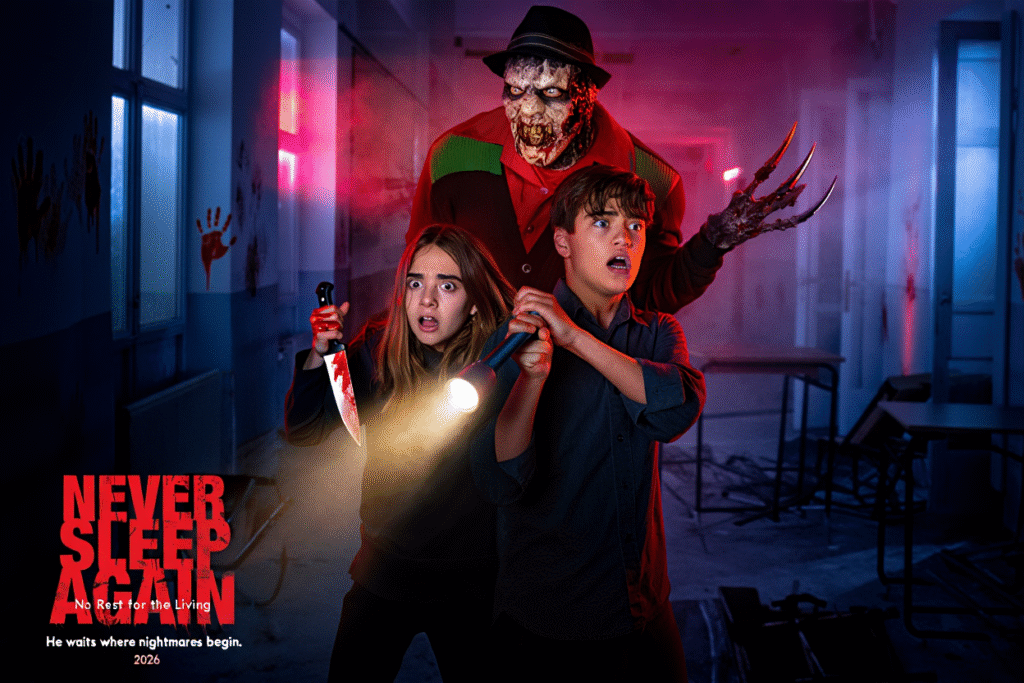
By the time the credits roll, the audience is left as restless as the characters onscreen. The horror doesn’t dissipate with the lights—viewers are left staring at the ceiling, wondering how long they can keep their eyes open, haunted by the primal fear of surrendering to sleep.
In the end, Never Sleep Again: No Rest for the Living earns its 4.6/5 rating by delivering not just scares but an unrelenting experience. It is horror stripped to its most essential truth: you cannot run forever. Sleep comes for all of us. And in this town, when it does, it kills.
